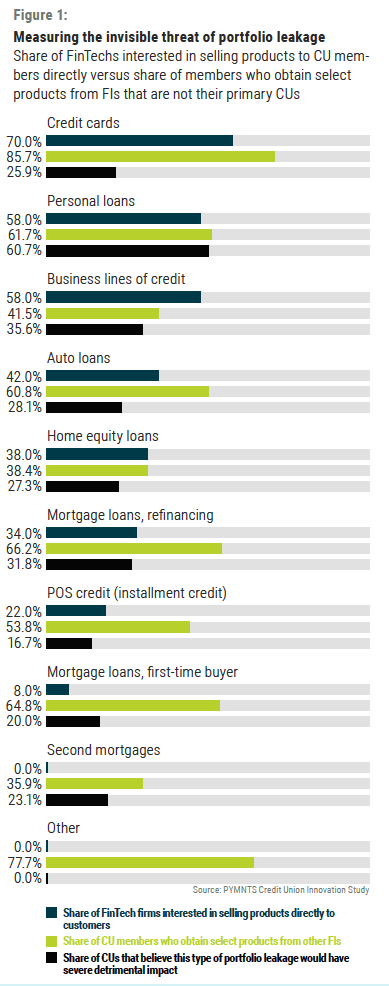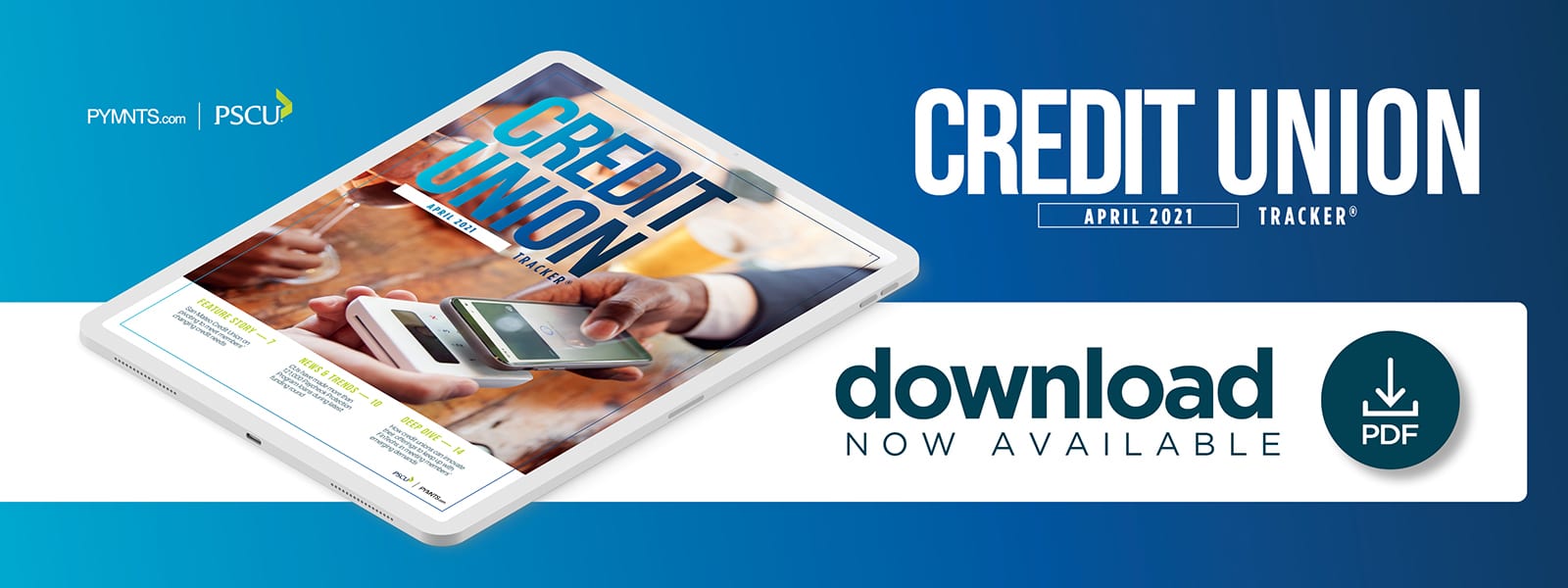Deep Dive: How CUs Are Being Challenged To Offer More Innovative Products

The pandemic has overwhelmingly affected the U.S., claiming the lives of more than 550,000 Americans and taking a massive financial toll on countless households. The pandemic’s economic fallout has caused job losses and shrunk savings and retirement accounts, with few going untouched.
Recent research has revealed the depth of consumers’ financial pains. Washington, D.C.- based nonpartisan think tank the Pew Research Center found that 25 percent of consumers are having difficulty paying their bills, one-third of households have experienced reduced hours or a pay cut and one-quarter of homes hold someone who is jobless. Another study by the National Endowment for Financial Education (NEFE) found that these issues are not bound by race or income levels, revealing that 79 percent of wage earners making both less than $50,000 and more than $100,000 are worried about their finances. The health crisis has also pressured many into questionable financial decisions that could have a lasting impact. NEFE’s research shows that one-third of consumers are using savings or retirement funds to pay bills, while 17 percent have had to borrow money and another 12 percent are deferring payments.
It is perhaps not surprising that consumers’ need for and use of credit has continued to remain at high levels over the course of the pandemic. American consumers collectively held $4.1 trillion in outstanding credit as of February 2021. Credit union members, meanwhile, owed $493 billion in outstanding credit during the same month, according to the Federal Reserve.
The crisis has given credit unions (CUs) the opportunity to meet the needs of these members for innovative credit offerings. A significant share of credit union (CU) members, unfortunately, look elsewhere for credit products. PYMNTS’ Credit Union Innovation Study shows that more than half of CU members use other financial institutions (FIs) for this purpose. This month’s Deep Dive explores how innovative credit offerings can help CUs manage the threat of portfolio leakage, something 51 percent of CUs identify as an invisible threat.
CU Members Want Innovative Credit Experiences
Portfolio leakage represents a multifaceted threat to CUs today, with a significant share of CU members seeking credit products from other FIs. This is especially the case with credit cards, mortgage loans, refinancing and personal loans, as 86 percent, 66 percent and 62 percent of CU members use other FIs’ offerings for these, respectively.
The threat of losing customers to FinTechs looms particularly large. Seventy percent of FinTechs are interested in offering credit products to CU members, for example, while 58 percent want to offer personal loans.
CUs recognize this threat. Sixty-one percent of CUs say that having some of their members obtain personal loans from other FIs would have a severe impact on their finances. More than a quarter of CU decision-makers say the same for auto loans and their home equity portfolios.
Despite the recognition of these threats, many CUs find themselves struggling to roll out innovations for a variety of reasons. Chief among them is their continued reliance on a remote workforce, a factor that has hampered innovation for 81 percent of CUs. Complex internal decision-making processes and a lack of budget are also cited by more than one-third of CU decision-makers.
These challenges have been exacerbated by the pandemic, yet some of these factors are also long-standing issues that CUs have grappled with since PYMNTS began studying CU innovation three years ago.

Keeping FinTechs At Bay
Several key approaches can help CUs overcome these challenges and improve on their credit offerings. Nearly 55 percent of CU executives identify having processes in place for employees to make suggestions as an approach that is critical to the innovation process. Testing innovations with members and doing business case and ROI calculations are other factors that about 50 percent of CU decision-makers value within the innovation process.
CUs would also do well to hire outside help to put their innovation plans into overdrive. Nearly 41 percent of CU managers said that partnering with credit union service organizations (CUSOs) can help them get a leg up during innovation, as these organizations can help their CUs avoid releasing new products and services that fall short of members’ needs and expectations.
It is worth remembering that members are more than willing to seek access to innovative credit products from other FIs, even if they might not leave their CUs. It is imperative for CUs to assess the impediments to their credit innovation strategies and act on them without delay.

